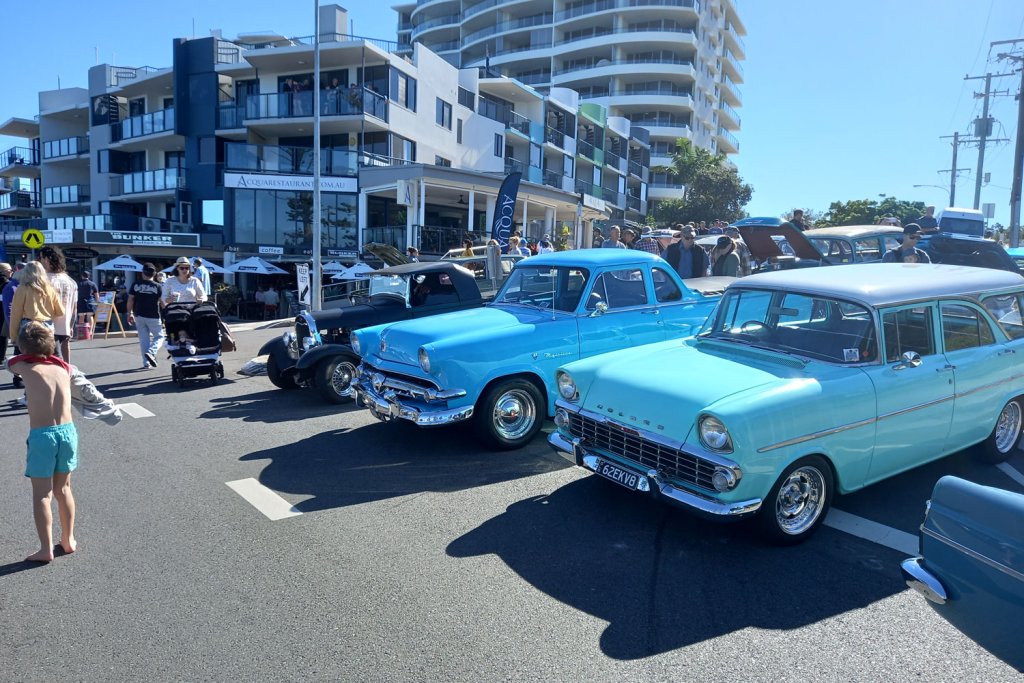The appearance of rust can signal bad news for a car. Not only can it impact the appearance of your car, but it can cause damage to internal parts too. These things will impact your car’s value and can lead to a lot of work to get your car looking its best again.
At Express Parts, we can help you find replacement parts to help you say goodbye to unwanted rust. And because we’re classic car experts, we’ve got the knowledge you need to help you tackle rust. Take a look at our handy rust repair guide to help you get the job done.

Equip yourself with the right tools
Over time, you can learn how to remove rust yourself, something that could be important as you restore and maintain a classic car. Some of the tools you’ll need to remove rust include:
- Angle grinder
- Sander
- Chalk or a crayon suitable for welding
- Chisel
- Welding clamps
- Fasteners
- Scrapers
- Pliers
- Welder
- Media Blaster
- C-Clamps or Vice grips
- Rust replacement panel
- Paint primer
- Paint
- Cloths and rags
You should also ensure you have the necessary protective equipment for cutting and welding, including protective gloves and face protection.
Your step-by-step guide to repairing rust
Remove rusted areas
Inspect your vehicle carefully for signs of rust. There may be varying degrees of rust, which becomes more visible as it starts to affect the paint. From there you can sand down the visible rust to establish how deep the rust runs.
For surface rust, you may be able to repair the area without having to replace the metal. There are fibreglass and fillers you can buy to build the area back up, before buffing and repainting the area.
Identify the area to be removed
For metal that needs to be removed, you should find an appropriately-sized panel. Search Express Parts to help you find the right panel for your needs. You’ll need to use an angle grinder to cut out the metal.
You should mark out the area you are replacing using either chalk or a crayon/marker suitable for welding, being as precise as possible to help guide your cuts.
Cut the repair panel
Cut your panel down following the guide you’ve created, being careful not to cut within your guide, as you’ll need to start over. Trim your panel down to fit the gap as close as possible.
Apply the new panel
Taking your welding clamps, you can hold the panel in place and begin the welding process. Make sure your surroundings are safe by moving any flammable materials away from the area.
If you need to work on multiple areas of rust, you’ll need to repeat the process for each patch until all the rusted panels have been removed.
Clean and prime the area for painting
With your panels now in place, you can work on preparing the area for painting. You may need to smooth and buff areas to make them smooth, helping to make the replacement panel blend seamlessly with the rest of the car. Use a paint primer to prepare the area and allow it to dry, ready to be coated with colour.
Paint and finish as required
Choose the paint needed for your vehicle and apply it in thin layers, building up the colour as opposed to one thick coat. You may want to apply a finishing coat to add further protection to the paintwork.
You may want to take the car to be professionally repainted once you have completed all of the restoration work on your classic car.
Preventing future rust
Rust can cause significant problems for your classic car, affecting its appearance and impacting its value. While there are ways to repair rust, as demonstrated above, it’s better to prevent it in the first place.
Some of the things you can do to prevent rust include:
Clean your car regularly and thoroughly
Keeping your car clean is one of the most effective ways to keep your car rust-free. Leaving dirt to build up, especially in wet conditions, can cause your car to rust quicker. Take pride in your car and make sure it is cleaned thoroughly and dried. Jack the car up to clean the hard-to-reach areas, like behind the wheels.
Inspect for rusted areas regularly
It’s important to inspect your car regularly for signs of rust. If you see signs of rust, take steps to tackle it in its early stages. If you intervene early enough, you may be able to sand away the rust and fill the area instead of needing to add a replacement panel.
Keep your car stored safely
A lot of work goes into restoring a classic car, so don’t let poor storage undo your hard work! Keep your car stored safely by keeping it in a garage, away from moisture sources. You may also want to cover your vehicle to add an extra layer of protection and protect it from scratches and other external damage that can make it more susceptible to rust.
Repairing rust is a cost-effective way of preserving your car and keeping it looking its best. While some may question whether it’s worth carrying out rust repair, others will advocate the benefits. Learning how to repair rust yourself can save a lot of money so that you can effectively preserve your car. This can help you get the most out of your investment, and even restore vehicles others may have written off as unsalvageable.
Express Parts sells replacement panels to help you repair rust damage to your classic car. Explore our site to start your search so you can say wave goodbye to those rusty panels.
